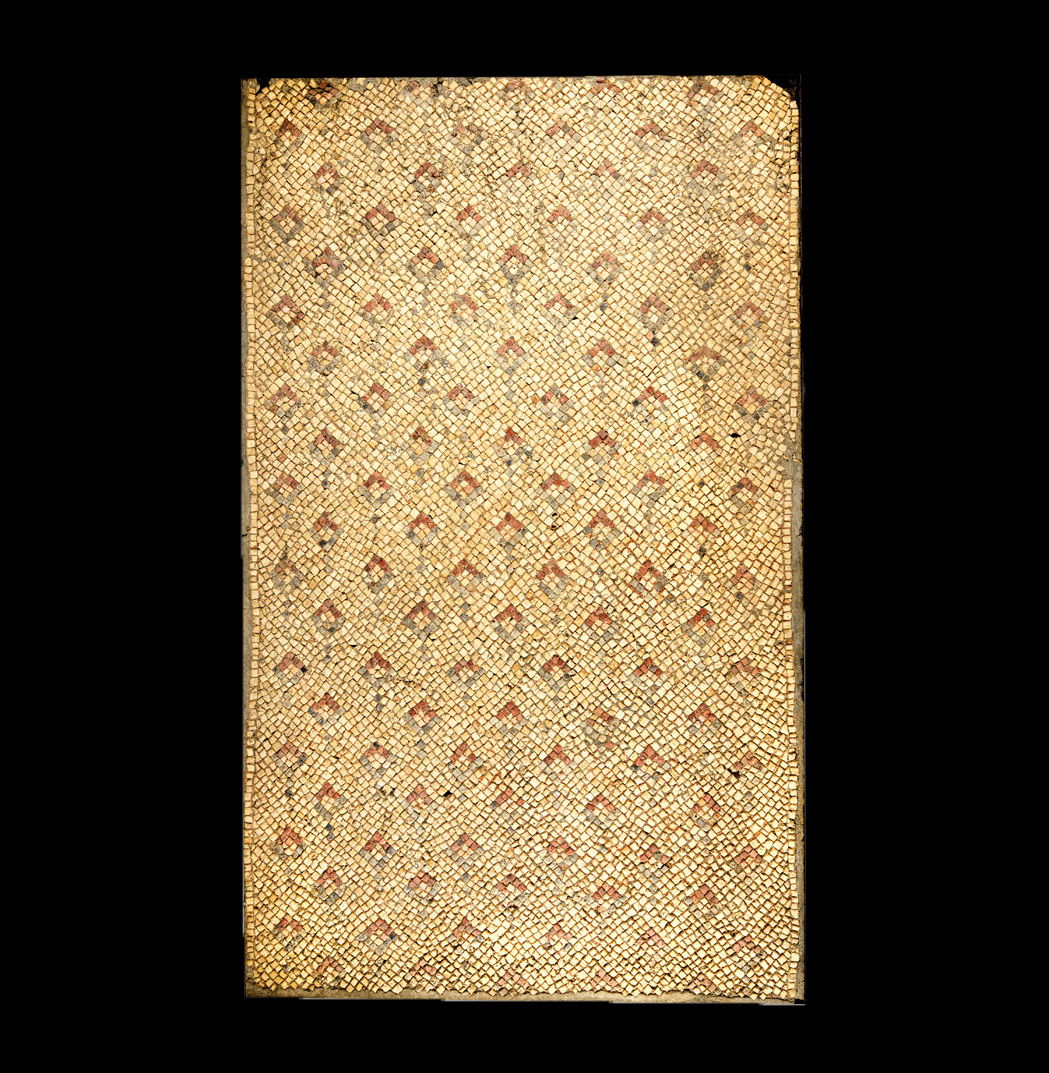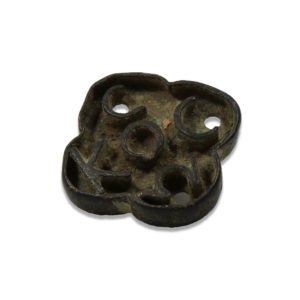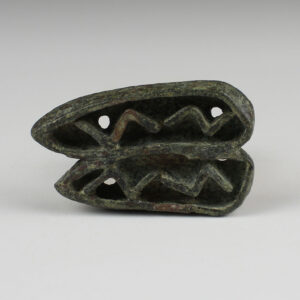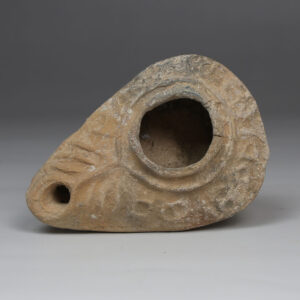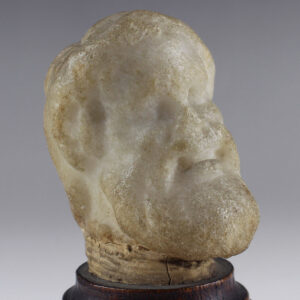Description
| ITEM | Mosaic with diamonds pattern |
| MATERIAL | Tesserae |
| CULTURE | Late Roman / Byzantine |
| PERIOD | 4th – 7th Century A.D |
| DIMENSIONS | 177 cm x 108 cm, 150-200 kg |
| CONDITION | Good condition, some tesserae are missing |
| PROVENANCE | Ex German private collection, acquired between 1970 – 1980 |
| DESCRIPTION | Rectangular mosaic. Diamonds of reddish and grey tesserae form a regular pattern on a light background, with the horizontal lines offset by half a distance |


